In my last article, why more access to the high ball makes for a better game of rugby, I examined how a recent change in refereeing guidelines for high kicks increased their viability for the kicking teams.
With receiving teams no longer able to employ the ‘glove defence’ and effectively block access to the receiver of the high ball, the November series of tour matches revealed that it becomes very much a one-on-one contest in the air once again.
One of the most intriguing spin-offs was that it revived the interest in contestable kick-offs [with a landing zone in between the 40m and 22m lines] almost immediately. These have been virtually absent from the international game ever since the demise of the great All Blacks side of 2008-2018. Teams routinely kick deep on to the opposition number 8 [or primary ball-carrier] within the opposition 22, and willingly give the initiative away.
There has been a dramatic change over the last six weeks. Reclaims of their own kick-offs by the four Rugby Championship teams [Argentina, Australia, New Zealand and South Africa] were running at only 7.7% in that tournament under the old rules. They had risen to 17.4% by the finish of the end-of-year tour.
The Wallabies were at the forefront of the shift, with a <b.massive 29% reclaim rate on their own 50m restarts. They used the aerial ability of their new superstar Joseph-Aukuso Sua’ali’i as prime weapon, and were content to match him up with England’s colossal second row Maro Itoje in the first game at Twickenham:
Even though Itoje is ‘in pod’ and supported by front and back lifters, the easier access for the chaser counts for more. In the course of the match, Sua’ali’i won four of the six kick-offs he contested with England’s premier forward.
There is another important in-built advantage for the chaser: where the defender is expected to catch the ball [with both hands] for security purposes in his own end, the chaser only needs to get first touch and knock the ball back [with one hand].
Summary
In future, we can look forward to quicker changes of both possession and therefore momentum via the high kicking game, in all of its forms.
Watch our videos on how to contest the kick offs:
Recently appointed NZ Maori All Blacks coach – Ross Filipo - Contesting the Kick Off
Former Canadian Women’s 7s captain – Jen Kish – Winning the Restart




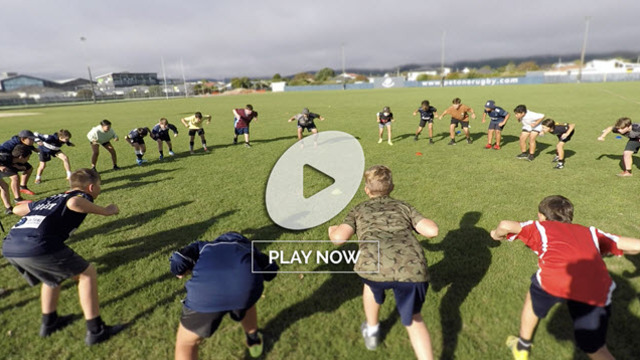
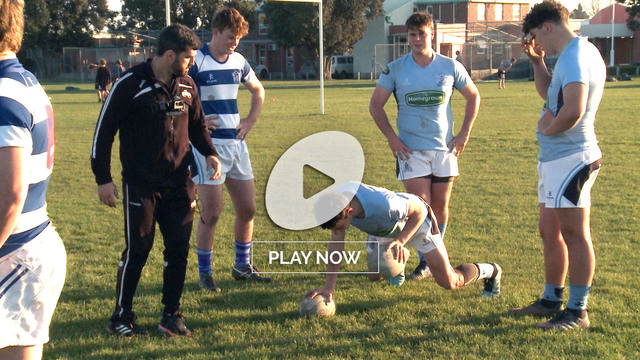
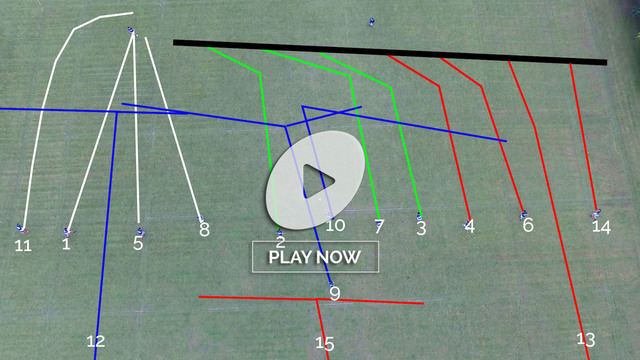

.jpg)
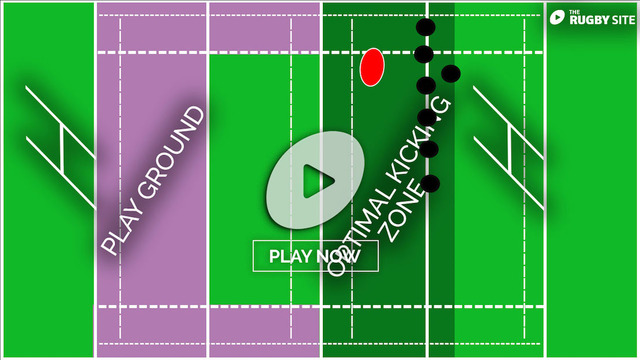
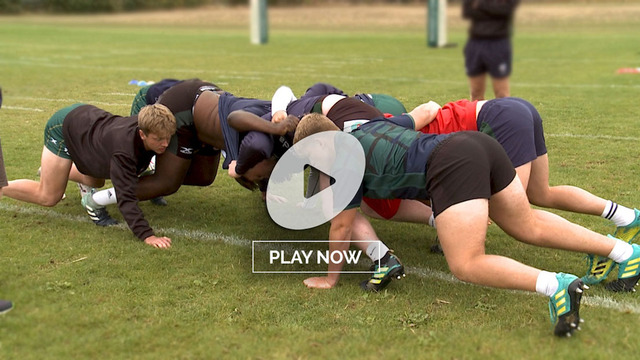
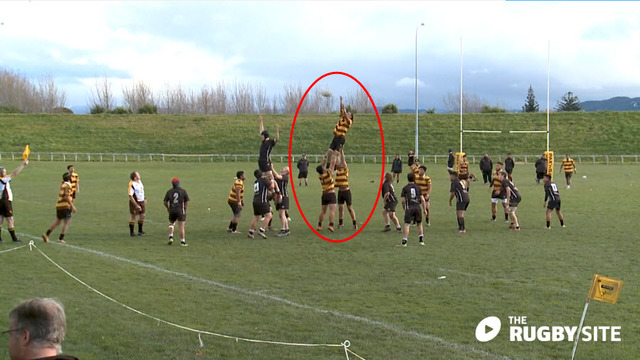
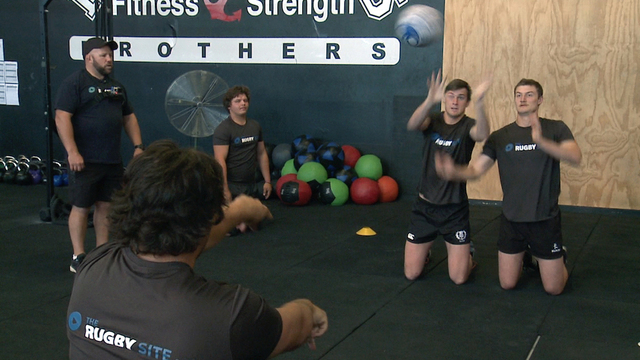
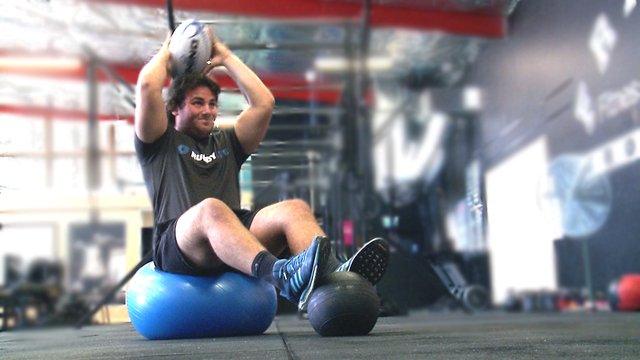

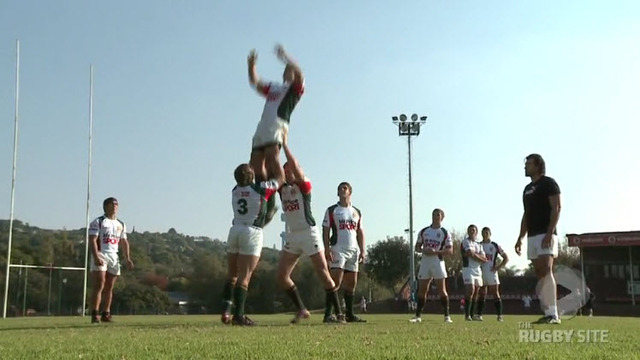
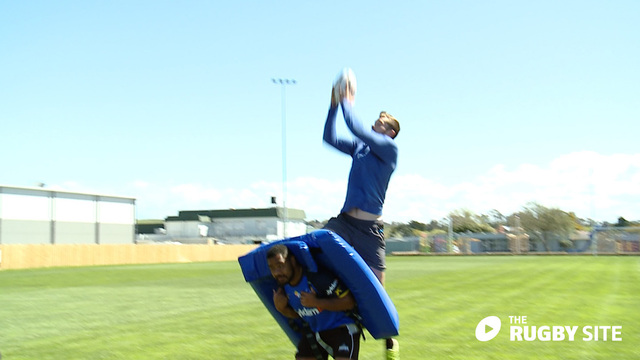
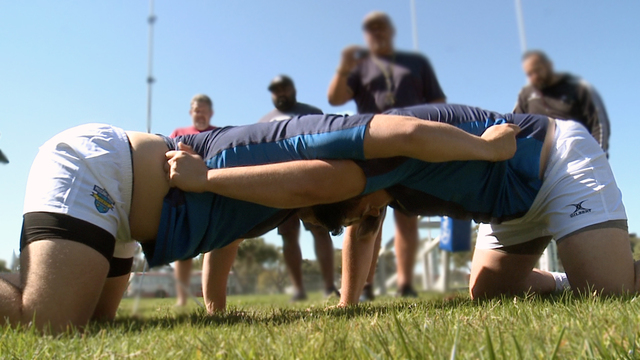
.jpg)



